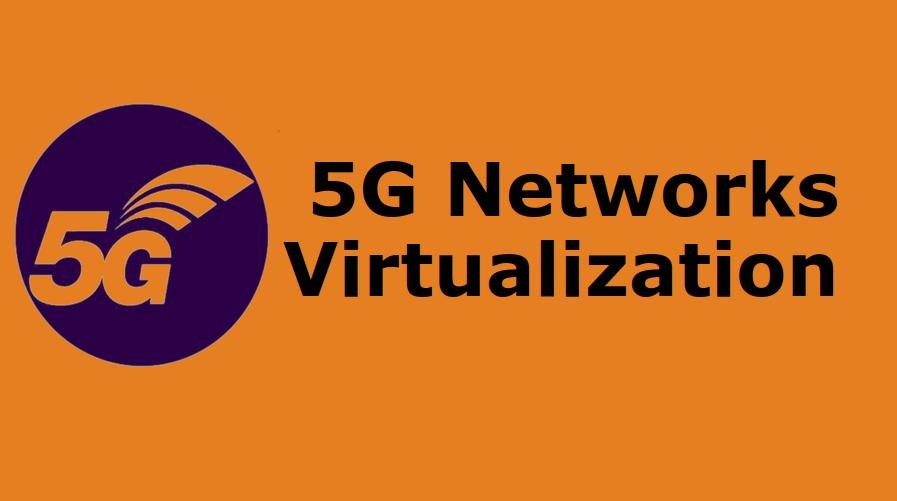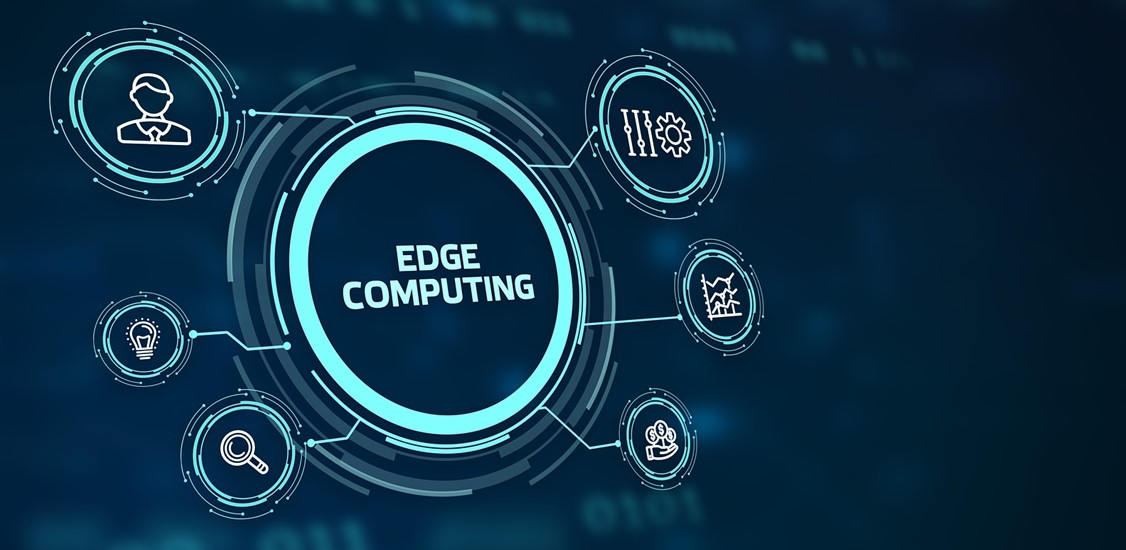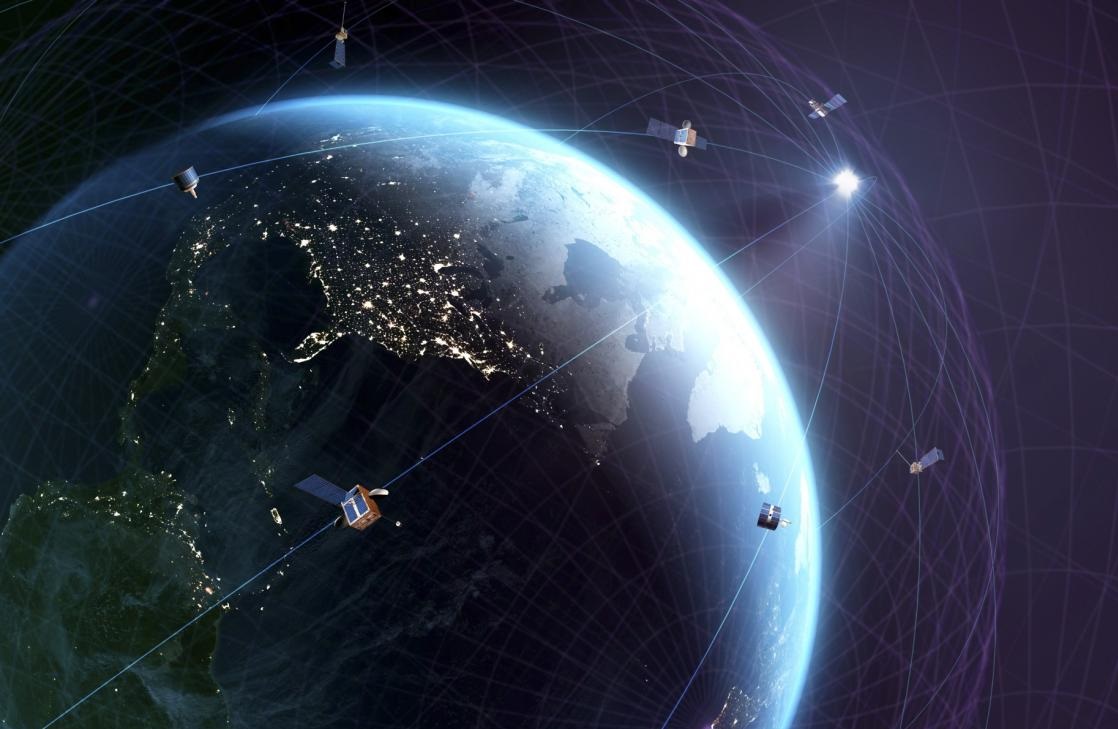Edge Computing
Author: CTIO Office, technology and operation council.
Date: 10th of June 2024.
What is Edge Computing?

With the help of edge computing, an organization can now benefit from the fast insights and improved response times that come with proximity to data sources, such as local servers or IoT devices.
Due to the increasing number of IoT devices and the computing power they provide, the amount of data collected has exceeded the previous record. As 5G networks expand, the volume of data will continue to grow.
The promise of AI and cloud computing was to help organizations speed up innovation by delivering actionable insights from their data. However, the immense amount of data collected by IoT devices has outpaced the capabilities of traditional infrastructure.
Sending device-generated data to the cloud or a central data center can cause issues with latency and bandwidth. With the use of edge computing, data is analyzed and processed closer to where it was created, which eliminates the need for a network to transport it.
Mobile and edge computing, which are both enabled by 5G networks, allow organizations to analyze and interpret data more quickly, which can lead to better customer experiences and insights.
By facilitating data storage and processing close to its origin, edge computing enables organizations to gain better control over their data and reduce costs. It also speeds up operations and provides them with faster insights. In addition, it helps in cybersecurity by eliminating the necessity to interact with networks and platforms.
History of Edge Computing
The concept of edge computing is not new. Its origin can be traced back to the 1990s, when networks that distributed video and other web content were established. The evolution of these networks during the 2000s led to the emergence of the first commercial edge computing platform.
Back then, various hosted applications were developed, such as shopping carts and ad insertion engines. Today, edge computing is used to reduce the time it takes to process real-time data. It also helps in the development of new applications, such as those related to the internet of things and autonomous vehicles.
Typically, business applications rely on data-generating devices to send and receive information to a central platform. This method involves using either a wide area network like the internet or a local area network. The output is then forwarded to the central platform, which then processes the data.
Due to the increasing number of devices and the amount of data being generated by them, the traditional method of connecting to a central platform is becoming less feasible. Instead, businesses can use edge computing to process their data more efficiently. This can help them improve the performance of their applications and prevent them from experiencing excessive network congestion.
Advantages of Edge Computing
These advantages are presented below.
Reducing the Latency:
Due to the processing and analysis happening on the edge servers and devices, it can reduce the latency significantly.
Network Resilience:
The resilience of the network is enhanced by the ability to process and store data locally, which can be done using microdata centers. These facilities can be operated in various environments and are usually able to function normally even when the internet connection is lost.
Each network has a limit on how much data it can send and receive at a time. As a result, business expansion often requires pushing the limits of broadband infrastructure.
Speed:
The advantages of edge computing are its ability to provide high-speed access to analytical resources and improve the responsiveness of applications. It can also outperform traditional cloud computing. Due to the short response time of some applications, edge computing is more feasible than its traditional counterpart.
Various applications include autonomous driving, health and safety monitoring, and the Internet of Things. For instance, facial recognition takes around 370 to 620 milliseconds to perform. With the help of edge computing, it can perform facial recognition at the same speed as humans. This is useful in developing augmented reality headsets, which can recognize faces by looking at the wearer at the same time.
Cost Reduction:
Through edge computing, data is stored locally and sent to the cloud. It eliminates the need for WAN bandwidth and costs fewer operating expenses.
Security and Privacy:
Cloud computing provides a more secure network due to how it does not have to send sensitive information to the cloud. It also helps minimize the risk of unauthorized access to your data.
Takeaway
The evolution of the Internet of Things (IoT) has led to the need for more complex and flexible approaches to handle the massive number of sensors and devices that are being used. Edge computing is becoming an ideal way to address these challenges by moving data storage and computing to the network's edge. It eliminates the need for traffic flows and allows the network to maintain its bandwidth.
By implementing edge computing, end-users and servers will experience lower communication latency, which can help improve the responsiveness of IoT applications.
As the IoT continues to evolve, it is inevitable that edge computing will become more prevalent. To effectively implement this technology, we need to first identify its fit within our digital strategy.
Recent Blog Articles

2024-07-08

